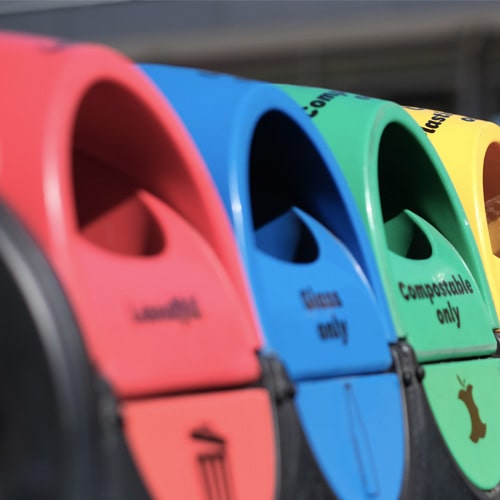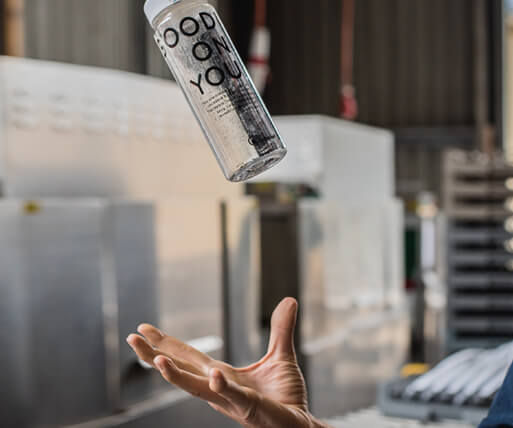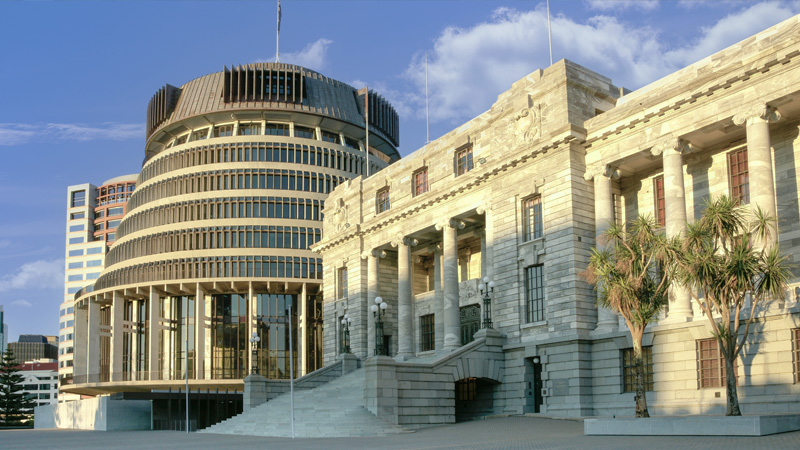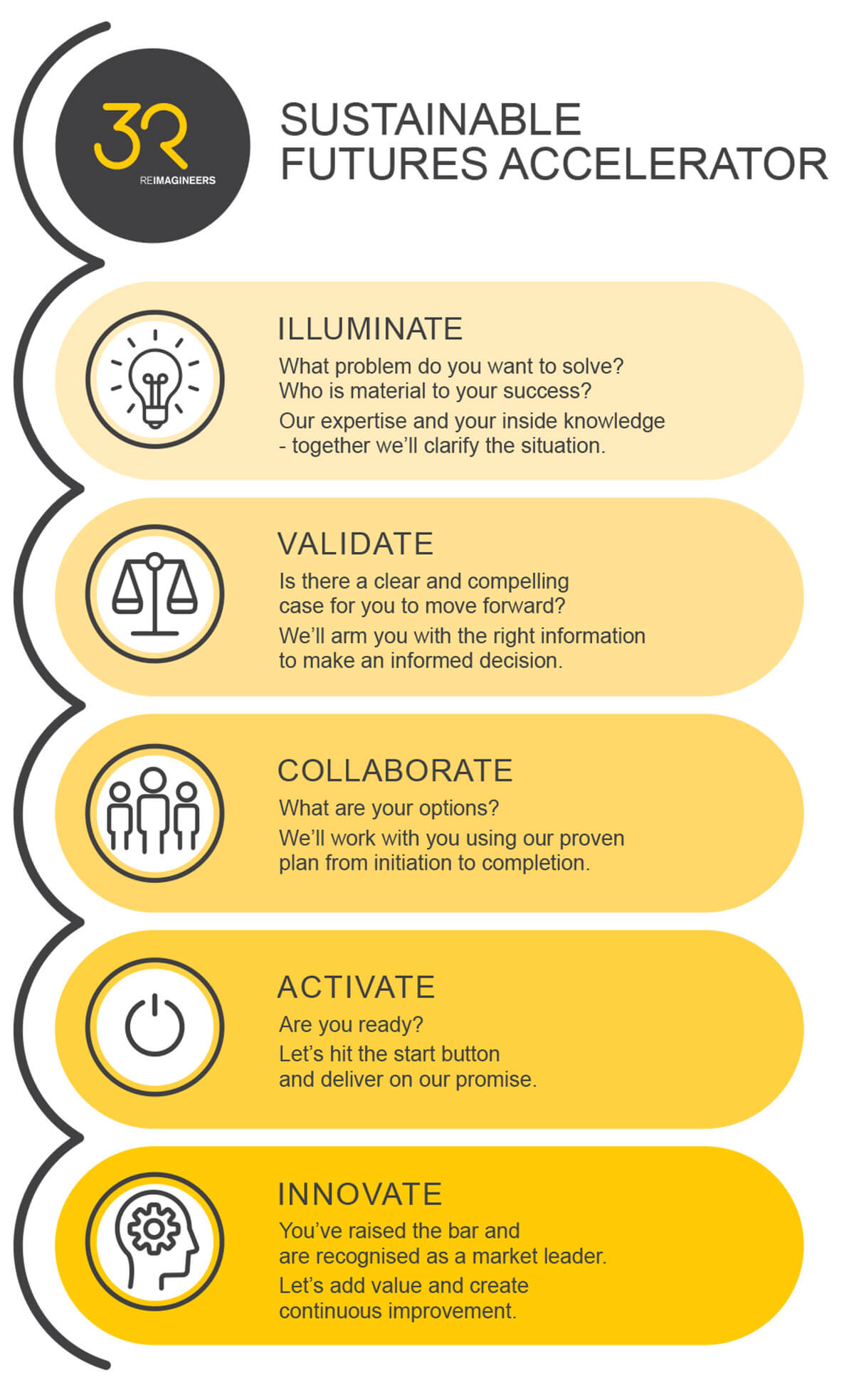Sustainability can’t be a political football
Election season is nearly here, along with all the usual messaging and political promises, but whoever we see steering Aotearoa New Zealand for the next three years, there needs to be a common focus around the circular economy and sustainability.
It’s abundantly clear the country needs to build resilience in the face of growing threats from extreme weather, meet pressure from international markets for sustainability, grow a circular economy and increase our action on climate change.
The election is all but certain to see a change in government – whether National takes back the reigns or Labour stays in power through a coalition. Either result could see a shakeup in government’s approach to wider sustainability issues and, hopefully, a sharper focus on setting the policies to meet the country’s needs and goals.
We’re not starting from scratch
The good news is the last two terms have seen the Government make some notable headway. From single-use plastic phase outs to reforming the kerbside recycling system (including food scrap collections), passing the country’s first zero carbon bill and expanding and increasing the waste disposal levy.
One of the most significant in terms of advancing a circular economy, was the declaration of six product categories as ‘priority products’. This ushers in regulated product stewardship for the first time in New Zealand.
While not widely known among the public, it was a significant step towards a circular economy. It will compel those who make, import, and sell the affected products to ensure they are reused, recycled, or properly disposed of at end of life through a product stewardship scheme.
Single-use plastic packaging, tyres, synthetic greenhouse gases, e-waste, agrichemicals and their containers, and farm plastics were all part of the announcement.
Tyres, through the Tyrewise stewardship scheme, will be the first out the blocks when it goes live next year. Work is being done on the others by industry and product stewardship specialists, but there is significant work ‘behind the scenes’ at the Ministry for the Environment too.
This is to ensure the regulatory framework and levers are correct and in place, so these schemes function well. It’s vital that resources are available for this work to continue so these schemes don’t get bogged down.
Staying competitive on the world stage
New Zealand has long banked on its ‘clean, green’ image to compete in international markets. With the increase in awareness and drive by customers worldwide for greater sustainability and fears of greenwashing there are now metrics to back these claims.
For example, major overseas supermarkets are using lifecycle analysis when selecting their suppliers and products. This takes a holistic look at the sustainability of the things they stock on their shelves. Glossy marketing won’t cut it anymore – facts and figures are needed too.
Aotearoa is heavily reliant on exports, particularly from primary industries, and if we want to be competitive on the international market, we need to show leadership in the sustainability and carbon reduction space.
This means investing in more sustainable and lower-emissions production methods, supporting primary producers to transition away from fossil fuels and incentivising bio-diversity and regenerative farming practices. Reducing waste, and dealing with the waste we do produce onshore, is also essential.
Building resilience to extreme weather
While it’s vital we build a more sustainable New Zealand and reduce our contribution to global emissions, there’s no doubt the impacts of climate change are already being seen. The upper North Island flooding and Cyclone Gabrielle were a big eye opener for just how vulnerable our homes, infrastructure, and livelihoods are.
Building resilience into our infrastructure, better planning for new developments, improving preparedness for extreme weather events, and investing in work to determine where our biggest vulnerabilities lie, are all priorities which can’t be kicked down the road.
These can’t be matters of political convenience. They directly affect New Zealanders around the country and need the attention they demand.
Meeting climate change commitments
New Zealand, like 194 other countries, is a signatory to the Paris Agreement – an international treaty to reduce greenhouse gas emissions enough to keep the rise in global temperatures below 2 °C above pre-industrial levels. The preferred goal is to keep warming to 1.5 °C to avoid the worst effects of climate change.
Detractors would argue our emissions are too small to have any real effect on global warming, but the world’s smallest emitting countries cumulatively account for around 25% of all emissions. I would add that throwing our hands in the air, saying the problem is too big for us, and admitting defeat isn’t the Kiwi way.
There is also a very real financial incentive to hold up our end, with the potential for a carbon offset bill of anything from $3.3 billion to $23.7 billion by 2030 if we don’t cut our current greenhouse gas emissions trajectory. This will require us to buy carbon credits to balance the emissions books, meaning the bill is very much determined by how much we can cut our emissions and what carbon credits cost in 2030.
It was encouraging to see Government change the settings for the Emissions Trading Scheme, which saw the price of carbon credits end its freefall and recover sharply. While it makes carbon credits more expensive, it gives the country the certainty it needs and sends the right signals to drive emissions down. The economic lever for change is a powerful one.
Government has a lot of powerful levers at its disposal, and I challenge the next administration to use them.







